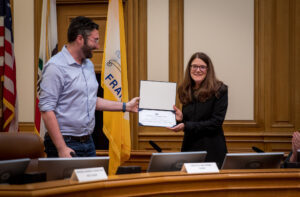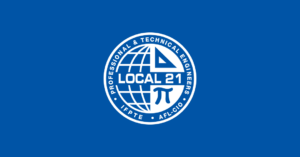Over the next 30 days the San Francisco Municipal Transportation Agency (SFMTA) will have the opportunity to work with Governor Brown and the State Legislature to support additional funding for transportation as part of this year’s special session. To aid in this effort, the California Transit Association has launched iTransit, a grassroots-style advocacy campaign designed to connect everyday Californians with their representatives in Sacramento to further promote the benefits of transportation. Using cutting-edge civic engagement software, iTransit makes it easy for transit riders and advocates alike to email, Tweet at, and post on the Facebook walls of their state representatives in support of including transportation funding in the work of this year’s special session.
To meet the rising demand of a rapidly growing population in the SF Bay Area, the Transportation Task Force also recommended that the City continue to pursue additional revenue for transportation through regional, state, and federal advocacy.
Photo: c/o Liz Hafalia, The San Francisco Chronicle
“To ensure a robust and reliable multi-modal transportation network in the future, San Francisco must renew its existing systems and plan for growth,” Dean Coate, President of Local 21 and Business Analyst for SFMTA, wrote in an email.
Recognizing this need, San Francisco voters approved two local funding measures for transportation in November 2014. The first measure, the 2014 Transportation and Road Improvement Bond (Proposition A) passed with 72 percent of the vote and dedicated $500 million to making streets safer for all users and making transit more reliable. The second measure (Proposition B) provides additional funding for transportation each year based on population growth.
Eileen Housteau, Local 21 Secretary, works in the Finance and Capital Grants area for the SFMTA and is very aware of these transit initiatives. She says that access to public transit was one of the reasons she could afford to buy a house in Oakland. Apart from her timely acquisition before real estate prices shot up in her area, she saved money by not having owned a car.
“When you don’t factor in car ownership, you don’t have to calculate that into the money you save to buy a house,” Eileen said. “As one of the people that don’t live in the city, were fighting for improvements on BART and AC Transit so we don’t have to have a car.”
Owning a home near the MacArthur BART station, which is slated to become a transit hub in the near future, allows her to enjoy a quality of life that she says will extend into her sunset years, when driving may not be the most desirable or feasible option. “It gives me a little peace of mind,” she said.
In 2013, Mayor Ed Lee convened a Transportation Task Force to investigate how best to fix San Francisco’s existing transportation system and prepare it to meet future needs. The Task Force, which was comprised of 45 community advocates and experts in finance and transportation, found that the City needs to invest $10 billion in transportation infrastructure to meet both current need and future demand through 2030. Of this $10 billion need, $3.7 billion was identified through current funding sources, leaving a $6.3 billion gap.
“While these initiatives provide critical support and will result in significant investment in the transportation system, they are not sufficient to close the multi-billion dollar funding gap that remains,” Dean said. He describes San Francisco’s transportation system as “an integrated system of street, transit, bicycle and pedestrian mobility networks … critical to maintaining a high quality of life and promoting the economic well-being of the greater Bay Area.”
Other projects the SFMTA is working on are initiatives surrounding transportation and pedestrian safety. ”More transportation money would allow us to build more projects for intersections in the city,” Eileen explained.
As to the Union’s support of member engagements in these critical issues pertaining to the sustainable growth of the Bay Area, Eileen praised Local 21.
“I’m glad to see the union contributing to making the city more livable,” she said. She recommended that L21 continue to and strengthen its collaborate with stake holders to find the best solutions to the City’s transportation deficit. Eileen added that this issue connects well with L21’s work with Jobs with Justice on promoting more affordable transit and providing discount fares.
But as the City grows and the cost of living drives commuters make longer schleps in to work, $10 billion is just the beginning of what is needed to get the necessary improvements started.






